

Mastering Skills Now Depends More Than Ever on Understanding Science
Thank you for Subscribing to NEAT News. If you have not yet Subscribed and would like to just click NEAT NEWS and you will receive the next editions in your mailbox. Visit all previous NEAT News editions below. Please use the links at the bottom of each page to print, create pdf or email that edition to a friend.
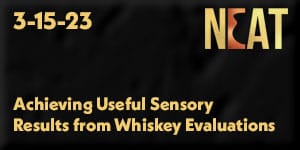
3-15-23 #1
Which glass is best for serious whiskey drinkers? It’s complicated, so we’ve segmented the story; Part 1, Rise of the Tulip, Part 2 Ethanol Effects on Sensory Perception, and Part 3, Modern Science Changes the Way the World Drinks.
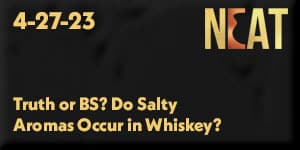
4-27-23 #2
Good bartenders read constantly to discover new information on spirits. Scientists have kept quiet while acclaimed scotch critics, authors, evaluators, and mavens swear by the salty smell of scotches aged close to the coast of Islay, Jura, Skye, and Arran.

5-2-23 #3
AI(artificial intelligence) is quickly becoming a popular conversation topic along with much speculation and misunderstanding. Commonly used AI software is not yet truly intelligent (generating its ideas independently), but as a powerful software coupled with intensive, deep scans of massive databanks, it is portrayed as a proven process for organizing cohesive thoughts.
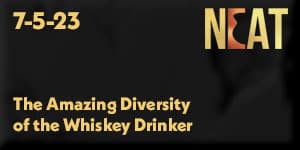
7-5-23 #4
Let’s go a little deeper into the psyche of the whiskey drinker, and show you how to recognize certain personalities. The next time you go to a liquor store spirits tasting, whiskey club event, or have a small gathering of friends, change your perspective. Rather than taking an active part in tasting comments, focus attention on the other tasters, their behavior, and their comments.
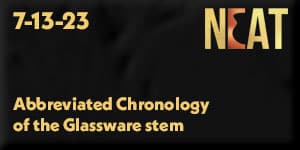
7-13-23 #5
Human-devised drinking vessels are as old as man himself, with early versions fashioned of cupped hands, folded leaves, coconut shells, animal skulls, seashells, bamboo, carved wood, gourds, animal horns, bark, and pitch, or any number of common, natural materials that could hold liquid. There are many online sources regarding the development and evolution of drinking vessels. Still, glass is the material most commonly used today, and there is a not-so-apparent reason that stems became popular in wine and spirits glasses.
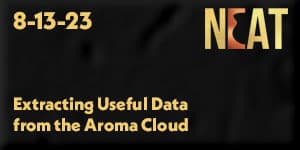
8-13-23 $6
The adoption and decades-long usage of a glass designed for 16-22% ABV wine to taste 40% ABV spirits has placed an invisible barrier to learning about whiskey and other spirits, by flooding the senses with neuron receptor anesthetics from the very first sniff. This barrier is anesthetic ethanol alcohol. It creates a nose-bomb of pungent numbing ethanol, hiding subtle flavors. As a result, drinkers seldom, if ever get a true picture of the spirit’s true profile.
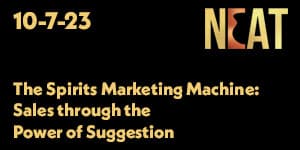
10-03-23 #7
The power of suggestion plays a significant role in the sale of alcoholic spirits, influencing consumer choices and perceptions. We seldom take time to step back and note the many ways we are influenced to purchase. Here’s how the well-honed spirits brand marketing machine utilizes the power of suggestion to promote and sell products.

11-13-23 #8
What is it? Olfactory fatigue, also called olfactory adaptation referred to as nose-blindness, is a phenomenon in which olfactory receptors decrease in sensitivity due to prolonged odorant exposure, resulting in the inability to perceive, differentiate, or identify aromas. Olfactory fatigue is a dynamic, adaptive, protective mechanism that prevents sensory overload from continuous exposure.
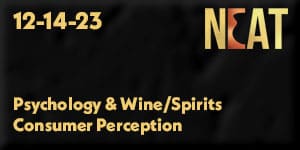
12-14-23 #9
Psychology endeavors to provide explanations for human thoughts, actions, and beliefs. Strong beliefs create barriers to acceptance of functional science, particularly relating to subjects considered artistic or creative. Wine and spirits tasting and appreciation have long existed as an art, craft, personal talent, or skill, and until recently, largely devoid of practical sensory and physical science methodology.
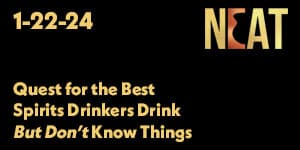
1-22-24 #10
Most distillers replaced proof with ABV on their labels, and the average human sensory is capable of noting differences of roughly 2% in ABV. An error of 14.3%ABV? Proof is not a usable scale of measurement to discuss degrees of human sensory detection.
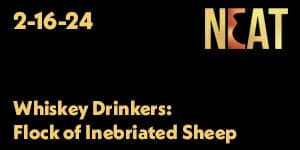
1-22-24 #11
Recently we’ve refocused on a broader profile of the spirits/whiskey taster/drinker. As a sensory research company since 2002, we have noticed that the public’s predilection for alcohol, particularly among neat, straight whiskey drinkers, inevitably results in a lack of recognition of the very spirits they claim as their “favorites.” Tasting blind (no knowledge of brand) from tulip glasses, few can pick their favorite among three samples.

